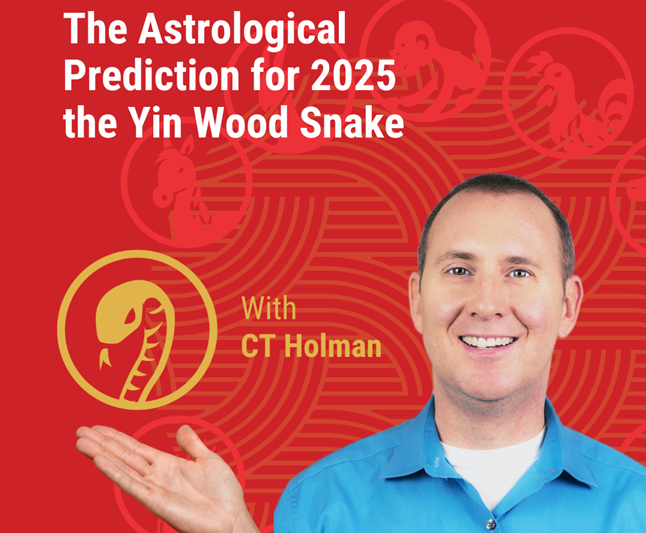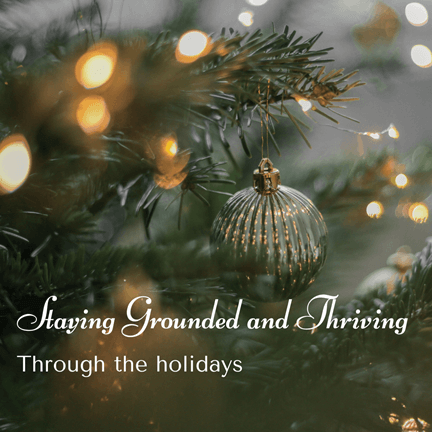“I ain’t afraid of no Ghosts”
Ray Parker Jr, Ghostbusters
The Acupuncture ghost points are extremely powerful treatments that when applied correctly can unlock profound emotional healing within our patients. Sadly their name, like the Five Element Acupuncture point protocol of Possession, carries with it an outdated whiff of superstition. This means that they are often overlooked as a practical treatment method in today’s acupuncture practice. In this blog, we describe the power of Ghost points, describe ways in which you can use them to benefit your patients – and allay any fears that by treating them you are dabbling in the occult!
What are Ghosts?
In his play Ghosts Henrik Ibsen describes how our personal history, hidden shame and secrets – our Ghosts – can cast long shadows and tinge our existence in the present.
“It’s not only what we have inherited from our father and mother that walks in us. It’s all sorts of dead ideas, and lifeless old beliefs, and so forth. They have no vitality, but they cling to us all the same, and we can’t get rid of them.” Ibsen was wrong: We can get rid of our ghosts and treating Ghost points will help our patients to live fully in the present and to let go of their “lifeless old beliefs”. It is for this reason that Ghost points are so effective at treating long standing emotional trauma such as Post Traumatic Stress Disorder (PTSD)
History of Ghosts
Sun Si Miao was a renowned Acupuncturist and Herbalist during the 6th Century’s Tang Dynasty (618-907 AD). The 13 Ghost Points come from an ancient and esoteric practice in Traditional Chinese Medicine and were developed as a systematic approach to treat mental and neurological disorders believed to be due to spiritual possession. Conditions from mania, paranoia, addiction, seizures, paralysis, lockjaw, headaches, and even nightmares were blamed on the invasion of Ghosts – or Gui.
Ghosts under the lens of TCM
Ghosts are the result of excess Phlegm that mists the Heart which gives rise to mental confusion as our Shen becomes increasingly agitated – multiple psychology research papers demonstrate this effect. Excess Phlegm can be the result of long standing emotional issues or trauma, weak Jing, poor diet, overwork, drug or alcohol abuse and countless external pathogens. As so many of our patients will come to us with many of these underlying factors – even if mental disorder is not their main or even secondary complaint – it is important that we have an appreciation of how we can resolve the impact of these issues before they develop further.
Ghosts and Shen in the clinic
The Shen governs our consciousness: how we perceive and interact with world around us. A patient with disturbed Shen might report that they don’t feel like themselves, act out of character, or lose sight of their purpose and life’s dreams. Shen disharmonies make it difficult to let go of past hurts meaning that shame and guilt are carried around for years and can manifest in grotesque self-destructive habits. According to Sun Si Miao if we are to treat these conditions effectively within our patients we must first “Quiet the spirit and settle the will”. The Ghost points provide us with a set of tools that we can draw upon to achieve this goal and they all have applications that can affect a patient’s emotional and psychological welfare. When used together they create a sense of peace, equilibrium and grounding.
Some examples of ghost points
Here is a skeleton outline of a few Ghost points and their functions:
- ST 6 (Chiache) This point helps with PTSD. As patients with PTSD also have tendency to clench their jaw this is a marvellous local point to help with this, and to start the process of understanding and letting go of trauma, perhaps even talking about it
- BL 62 (Shenmo) can help to release childhood trauma related to sexual abuse which leads to to anxiety and or depression as an adult
- LI11 (Chuchih) clears heat and balances the digestive system. It’s function as an Earth point on a Metal meridian supports its ability to provide a sense of grounding
- SP 1 ( Yinpai) is helpful to transform poor body image and is thus a very helpful point when treating patients with conditions such as bulimia
Unless we can pacify the various Ghosts that reside within our patients our acupuncture treatments may not be as effective as they could be. If we are to truly support them it is essential that we possess the tools to help them lay their traumatic pasts to rest in peace. It is only then that we can help them to build firm foundations for a stronger future. The 13 Ghost points are our friends and can help us to achieve this. There is nothing to be afraid of.

Rooting the Spirit: Clinical Application of the 13 Ghost Points
Learn how to use the 13 Ghost points in your practice
This course is a personal summary of almost thirty years’ experience treating numerous patients suffering from diseases of ‘ghost possession’. We will explore the names and the energetic of the points, deepening our understanding of the classical indications and their clinical relevance for modern-day patients.





